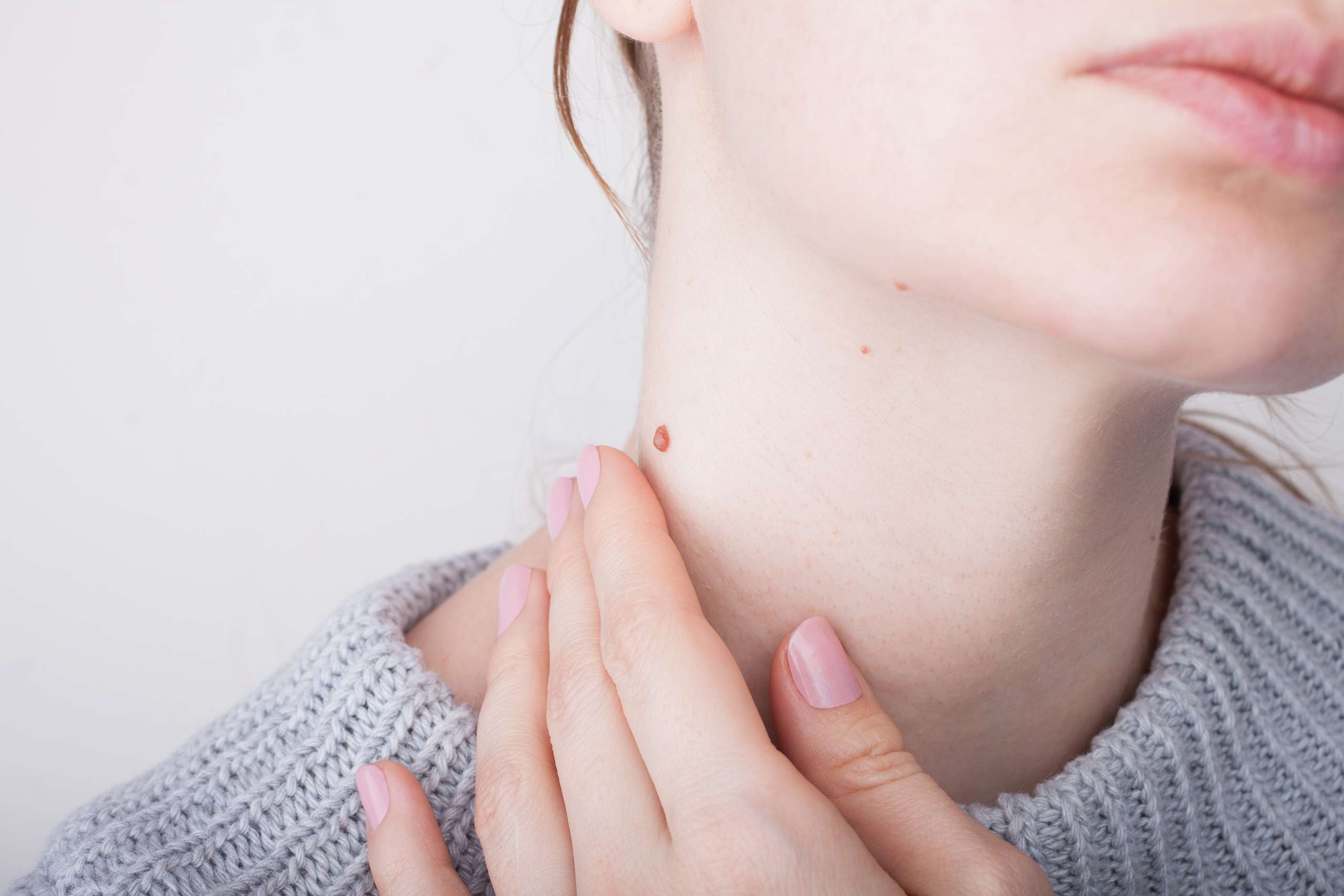At DermDox, we offer specialized and effective wart treatment services designed to help individuals regain smooth, blemish-free skin. Warts can be unsightly and sometimes painful, impacting one’s confidence and overall well-being. Our experienced dermatologists at DermDox understand the physical and emotional challenges posed by warts. We provide comprehensive wart treatment options tailored to each patient’s specific needs, employing cutting-edge techniques to safely and efficiently remove warts. Our team utilizes methods such as cryotherapy, laser therapy, topical treatments, and minor surgical procedures, ensuring precise and successful wart removal while minimizing discomfort and scarring.
In addition to delivering effective medical treatments, DermDox focuses on patient education and support throughout the wart removal process. We believe in empowering our patients with knowledge about wart prevention, proper skincare, and hygiene practices to minimize the risk of recurrence. Our compassionate and skilled dermatologists work closely with individuals to provide personalized guidance and aftercare, ensuring a smooth and successful recovery. By offering specialized wart treatment services, DermDox is committed to helping patients achieve clear, healthy skin, restoring their confidence, and promoting a positive self-image.
Frequently Asked Questions
Warts are caused by various strains of the human papillomavirus (HPV). HPV is a contagious virus that enters the body through small cuts, breaks, or damaged skin, often in areas that are moist or prone to friction, such as the hands and feet. Warts can also spread through direct contact with a person who has a wart or by touching surfaces or objects contaminated with the virus.
It’s important to note that not everyone who comes into contact with HPV will develop warts. Certain factors, such as a weakened immune system or breaks in the skin, can increase the likelihood of developing warts after exposure to the virus. Proper hygiene practices and avoiding direct contact with warts or surfaces that may harbor the virus can reduce the risk of HPV transmission and subsequent wart formation.
While there are over-the-counter (OTC) treatments available for warts, it’s advisable to consult a healthcare professional, preferably a dermatologist, for proper diagnosis and treatment, especially for persistent or bothersome warts. Here are some common OTC treatments for warts:
Salicylic Acid: OTC products containing salicylic acid work by gradually breaking down the wart tissue. These products are available as solutions, gels, pads, or plasters. It’s important to follow the instructions carefully and apply the medication as directed.
Cryotherapy: Some OTC products use cryotherapy, a freezing method, to remove warts. These products typically use a freezing agent like dimethyl ether propane (DMEP). While these products are available without a prescription, they may not be as potent as the cryotherapy treatments administered by healthcare professionals.
Wart Pads and Bandages: Medicated pads or bandages containing salicylic acid can be applied directly to the wart. These pads help keep the medication in place and protect the affected area.
Duct Tape Occlusion: Some people use duct tape occlusion therapy, where they cover the wart with duct tape for several days, then soak the area, gently debride the wart, and reapply the tape. While research on its effectiveness is mixed, some individuals find it helpful.
It’s crucial to exercise caution and avoid self-removal methods that can be harmful, such as cutting, burning, or using strong acids, as these can lead to infections, scarring, or the spread of the wart. Additionally, some warts, especially on the face or genital area, should only be treated by a healthcare professional to avoid complications.
Yes, some warts are contagious. Some warts are caused by the human papillomavirus (HPV), and the virus is highly contagious, especially in the presence of visible warts. HPV can spread through direct skin-to-skin contact with a person who has a wart. Warts can also be transmitted indirectly by touching surfaces or objects that have been in contact with a wart, such as towels, razors, or gym equipment.
It’s important to practice good hygiene to prevent the spread of warts. If you have a wart, avoid touching or scratching it to prevent the virus from spreading to other parts of your body or to other people. If you come into contact with someone else’s wart or a surface that may have been in contact with a wart, wash your hands thoroughly with soap and water.
Additionally, in communal environments like public showers, swimming pools, and gym locker rooms, it’s advisable to wear flip-flops or protective footwear to reduce the risk of coming into direct contact with the virus.
The outcome of wart removal, including whether it leaves a hole or indentation, can depend on various factors, including the size and depth of the wart, the method of removal used, and how well the wound heals.
It’s important to follow the aftercare instructions provided by the healthcare professional to promote proper healing and reduce the risk of scarring. If you have concerns about scarring or changes in your skin after wart removal, it’s best to consult the healthcare professional who performed the procedure for guidance and assessment.



